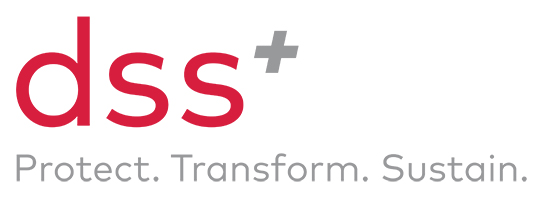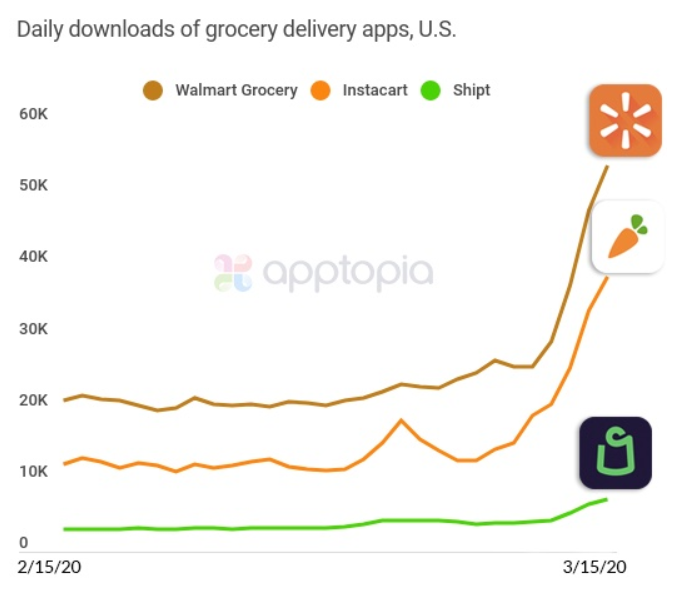
Accidents on construction sites count for over 20% of all work-related fatalities and injuries in the United States, according to the Occupational Safety and Health Administration (OSHA). Non-compliance of safety equipment use is responsible for over 20,000 eye injuries in the US each year, and general consensus is that OSHA estimates that eye injuries cost USD 300 million per year in lost productivity, medical treatment and worker compensation.
It should come as no surprise, therefore, that safety technologies are a growing trend. The market is projected to reach USD 60 billion by 2022, with half of the manufacturers who participated in a global survey planning to adopt wearable safety technologies by 2022.
This trend does not only apply to manufacturers however, but spans across industries and geographies.
Although the myriad of safety technology and smart personal protection equipment (PPE) options may be confusing, mapping out your options is only a first step in your company’s journey to harnessing Smart PPE for improved workplace safety.
Many existing resources focus on the front-end of the scouting process (the “what”), rather than the implementation (the “how”).
Here, we present the dss+ Framework to identify solutions most aligned to your organizational goals and define an implementation plan.
Going from Concept to Implementation
To take an example, let’s say a company depends on drivers covering long distances to achieve their business goals and distribute their product. One problem they may come across is that their drivers seem to have a growing number of road accidents. They suspect it is because the drivers keep falling asleep at the wheel. If they don’t find a solution, they may lose their license to operate.
As they start looking into innovative safety technologies that can help them address their issue, they realize that numerous options exist that all claim to solve the same problem. For example, a wristband monitors heart rate and can alert drivers if they need a break, and a helmet reads brainwaves to monitor level of alertness.
Which is the best option?
The dss+ team combines their experience in managing change with their understanding on how to catalyze a corporate culture that integrates safety and health into its core values. We have distilled this into a five-step framework to identify tech-based solutions targeting worker safety.
The Five-Step Structured Approach by dss+
dss+ offers a structured approach to answer this question in an objective, rational manner:
1. Needs Assessment
2. Scouting & Sourcing
3. Vetting Process
4. Concept Validation
5. Data Analysis & Final Recommendations
The Needs Assessment is designed to dive into the issue and understand its root causes. For example, in the case of the drivers, the risk is an increased number of road accidents. This situation may be caused by a lack of training, poor road conditions, mechanical issues, driving at a specific time of day leading to low visibility due to it being hot and sandy, or the drivers being fatigued.
The hypothesis of fatigue being the problem needs to be tested through field research and questioning drivers.
At the same time, a list of criteria can be developed for the technology-based solution. For example, the wristband requires calibration, which means it has to be worn for two days before the drivers have their shift. How can the employer ensure that the drivers will wear them, or that they don’t end up on the wrists of their children?
Furthermore, technology that requires use outside of work hours can be deemed “intrusive”, and if any of the drivers live in remote areas, the technology has to function with minimal to no connectivity.
Last but not least in this context, privacy concerns have to be addressed: any technology that collects data can see that data collected through a cloud-based system (default) or on-site (better option to safeguard against hacking, but requiring an up-front investment).
Once the problem is understood and potential solutions identified, we will undertake Scouting & Sourcing, developing a “long list” of companies through the SafetyTech platform.
Through a Vetting Process based on previously defined criteria, a shortlist of potential solutions will be created. Those vendors will be interviewed, to narrow options down to the top 2-3 providers.
The fourth step involves Concept Validation, creating a model to be able to compare solutions, test technological efficiency, and end up with an objective assessment of what the best match is.
Last comes the Data Analysis & Final Recommendations, a data-driven set of recommendations as well as an implementation plan for the proposed solution. This will factor in the size of the company’s workforce, how many sites are involved across which geographies, and external factors such as government pressure to resolve the issue in the primary area where road accidents had increased in the first place.
Other Considerations for a Comprehensive Approach
While the framework outlined is a standard approach that can be executed in as little as 12 weeks, its implementation is always adapted to the client’s context and need. For instance, privacy issues surrounding data require different levels of compliance in Europe than in the United States.
Similarly, factors such as language and time zone will be weaved into the decision-making process and recommendations.
This framework is a blueprint that has been tried and tested, and refined based on extensive experience. Beyond following the steps outlined above, regardless of how complex – or simple – your situation or objectives might seem, we at dss+ will adapt and accompany you every step of the way.
From understanding which safety technologies are available that meet your needs to mapping out your options, identifying and piloting a solution, and implementing it at scale, we will adjust as required to ensure that our approach and the solution identified is fit for purpose while driving the outcomes you want.
For more information, email enquiries@safetytech.ai.





